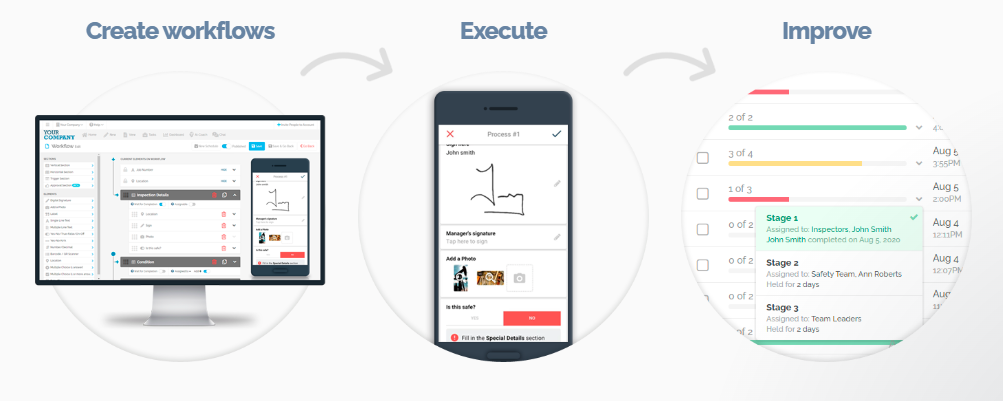Creating a safety culture in any organization is a critical aspect of maintaining a healthy and productive work environment. One of the key components in building this culture is the practice of Incident Reporting. With the help of digital tools like FAT FINGER, incident reporting becomes a seamless and efficient process, contributing significantly to the overall safety culture. Let’s delve into the importance of incident reporting and how FAT FINGER can revolutionize this process for your organization.
Schedule a demo to see how FAT FINGER can transform your incident reporting process.
Understanding the Importance of Incident Reporting
Incident reporting is a crucial part of any safety management system. It involves documenting any unforeseen events that could, or have led to, harm or loss in the workplace. This practice is not just about recording incidents; it’s about learning from them and implementing changes to prevent future occurrences.
Building a Safety Culture
Creating a safety culture goes beyond implementing safety measures. It involves fostering an environment where safety is everyone’s responsibility. Here’s how incident reporting contributes to this:
- Transparency: Incident reporting promotes transparency in an organization. It encourages employees to report incidents without fear of reprisal, fostering trust and openness.
- Learning and Improvement: Analyzing incident reports can provide valuable insights into recurring issues and areas that need improvement. This information can be used to implement preventive measures and reduce future incidents.
- Accountability: Regular incident reporting holds everyone accountable for safety. It ensures that all employees are actively involved in maintaining a safe work environment.

Introducing FAT FINGER
While the importance of incident reporting is clear, the process can often be time-consuming and inefficient. This is where FAT FINGER comes in. FAT FINGER is a digital workflow procedure builder that empowers frontline teams to do their work correctly every time. With FAT FINGER, you can build checklists, workflows, and digital procedures that unlock operational excellence.
FAT FINGER for Incident Reporting
FAT FINGER’s digital incident reporting system allows users to file incident reports electronically. Reports can be filed quickly and easily, and they are stored in a secure location where they can be accessed if necessary. FAT FINGER also allows users to track who has accessed the report and when, which can be helpful for compliance purposes. Incident reports can be filed by anyone, anywhere, at any time.
Key Features of FAT FINGER
FAT FINGER offers a range of features that make incident reporting a breeze:
- Drag & Drop Workflow Builder: Easily create and customize your workflows with a simple drag and drop interface.
- Mobile & Desktop Workflows: Access your workflows from any device, ensuring you can report incidents no matter where you are.
- Dashboards: Get a clear overview of your incident reports with intuitive dashboards.
- Integrations: FAT FINGER can be integrated with other systems for seamless data transfer.
- Augmented Reality, Connect IoT Devices, Artificial Intelligence Coaching: Leverage advanced technologies to enhance your incident reporting process.
Conclusion
Building a safety culture is a continuous process that requires active participation from everyone in the organization. Incident reporting plays a crucial role in this process, promoting transparency, learning, and accountability. With digital tools like FAT FINGER, incident reporting becomes a seamless and efficient process, contributing significantly to the overall safety culture.
Build your incident report workflow for free with FAT FINGER or schedule a demo to see how FAT FINGER can transform your incident reporting process.
Discover the importance of incident reporting in building a safety culture. It’s crucial for maintaining a safe and secure environment. Don’t wait until it’s too late. Schedule a demo today and learn how to effectively implement incident reporting in your organization.


